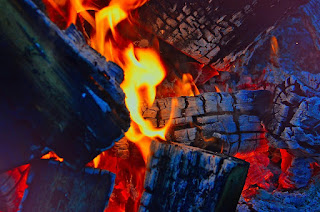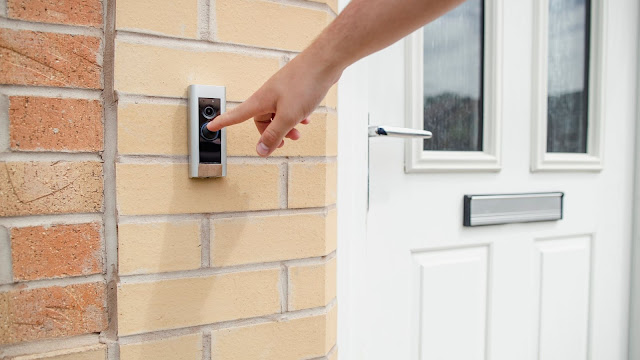How to Light Your Wood Burning Stove
It might be somewhat embarrassing to consider that you have purchased a wood burning stove from a retailer, and while learning how to light the thing was completely fine, somewhere along the way something seems to have changed and now you just... can't.
Even though you’ve had no problem in the past, For whatever reason, you just can’t seem to light the thing right now. Perhaps even you’re a dab hand at stove ownership, and you know exactly how to light the thing. Perhaps you’ve given the old girl a rest throughout the summer and only now have decided that the weather’s turned far too cold to go without. You’ve looked at the manual, and nothing seems to make sense. So you decide never mind, you’re just going to try again tomorrow. And tomorrow. And tomorrow. And tomorrow.
Our guide to lighting your stove can help you filter through the silliness and get your stove roaring again with minimal fuss.
The first thing you’re going to want to do is prepare your wood burning stove accordingly. Should your stove have Airwash functions, you’ll want to open the primary air control fully in order to ensure that you’re not choking the fire to death before it can even get going. A stove fire, like all fire, needs oxygen, fuel and heat in order to combust properly, and many stove owners can forget to give it the air it needs to function properly – especially with Airwash models, which need to be fully open after a little while.
Should you have an Airwash-enabled stove and you’re struggling to get it going after a long time, try starting the stove with your primary air control fully open.
After you’ve ensured that all is good to go, open the door of your wood burning stove, and make a firebed using firelighters (or paper, if it’s your preference. There’s no hard and fast rules for what lighting method is better than which – it’s really just personal preference that makes stove owners choose firelighters or paper (or even both!) as a go-to.
Should you have a multifuel stove, you’ll want to put your kindling choice on the grate – and for wood burning stoves, your paper or firelighters is best placed directly in the firebox. Do remember that whether you choose multifuel or a wood burning stove for your needs, the rules are the same. Plenty of kindling, be it paper or firelighters is the key to getting the stove nice and warm, producing all of the heat that your fire needs. It never pays to be stingy!
Once you’ve set up your fire properly, you’ll want to light it. A key point to remember here is that ensuring that the air inlet holes are uncovered is very important. With most modern makes of stove, the air inlet holes exist to ensure that your fire goes farther by recycling and recirculating secondary air. Having these covered by fuel is bad – and should they be covered, it might be an idea to rearrange or reduce the amount of fuel you’re actually using in order to prevent inefficient burns.
When you’ve got a good little fire going, remember the key to keeping the fire is leaving the door ever so slightly ajar to make sure that your fire is getting all of the oxygen it actually needs. Furthermore, leaving the door open reduces the amount of condensation which builds up on the inside of the glass, making sure that you get a very good view of your fire.
When you’re ready, start adding in larger pieces of wood. Make sure that you’re patient – throwing in logs is the best way to make your fire burn out! Ensure that your logs are split, and are placed in one by one in order to create a stable firebed. A good pointer here is to not use full-sized logs from the get go – it’s best to make sure that the logs that you’re using gradually build up in size. You want to nurture and encourage your fire, not overwhelm it.
When you’re ready and things are looking good, the door’s good to be closed. You should now have a roaring fire!





Comments